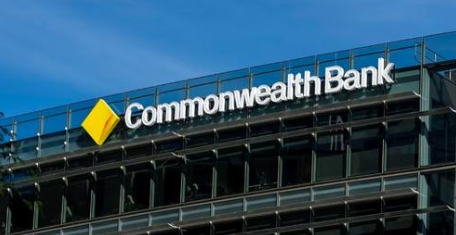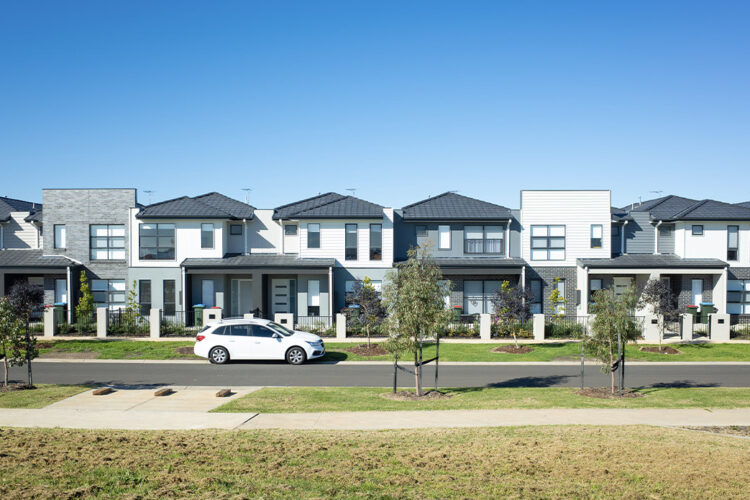Australia’s island state’s opening quarter of the year has been defined by an alarming decrease in several key property metrics, according to the Real Estate Institute of Tasmania (REIT).
The REIT’s March 2023 Quarterly Report provided confirmation the state’s real estate market has slowed under the weight of increasing interest rates.
According to the report, the number of real estate transactions in the opening three months of the year are down 26.6 per cent on the equivalent period last year.
Additional declines were recorded in Tasmania’s median house price (1.8 per cent), first home buyer numbers (9.6 per cent), investor numbers (59.9 per cent), mainland purchaser acquisitions (52.7 per cent), the number of million-dollar sales (34.9 per cent), and the total value of property sales, which fell 24.7 per cent to $1.26 billion in 2023’s opening quarter.
In positive news for state-based investors, unit and land prices rose 3.1 per cent and 11.7 per cent, respectively.
Across the opening quarter of the year, 2,090 sales went down in Tasmania, with almost 1,500 being homes (down 20.8 per cent), while a decline in unit sales from 387 in the opening quarter of last year to the same period in 2023 wasn’t enough to reduce median price of the dwelling group, which climbed $15,000 to $500,000.
Indicative of how rising interest rates and cost of living have impacted consumer sentiment, the average time on market for a Tasmanian property has doubled in the last 12 months to 42 days for houses and 41 days for units, highlighting the shift in market dynamics away from sellers.
On the rental front, vacancy rates eased as the number of available rental properties increased, a trend ratified by recent data from SQM Research, which found the state capital, Hobart’s, vacancy rate rose to 1.6 per cent in April, potentially hinting at the end of the state’s rental crisis.
However, the REIT noted, “very few of these properties fall within the lower affordable rental range being unable to assist those seeking accommodation at that level”.
The major concern of the report’s findings, according to the REIT, is the rapid decline in investor numbers, which are 59.9 per cent from early last year to the start of this year.
“If this trend continues, Tasmania stands to lose 650 investor-funded rental properties over the year,” the report stated.
It also noted “the mainland invasion has shifted from a flood to a trickle” after the number of out-of-state purchasers fell over 50 per cent to just 242 in the opening quarter of the year. Among mainland buyers, Tasmania’s south was the most popular buying location, with 99 sales.
REIT president Michael Walsh said the report indicated “a visible change in our marketplace”.
“There are fewer sales occurring. There are more properties coming on to the market, and they are taking longer to sell. This has given buyers more choice and opportunity,” he said.
Mr Walsh declared that “sellers are no longer in control [as] buyers are asking for discounts on price”.
He revealed “the institute remains concerned about diminishing investor activity and the impact it has across all sectors of the state”, which he believes “highlights the need for the government to seriously prioritise and stringently ensure its commitment to affordable housing is pursued”.
While the overall performance of the state’s property market over the opening quarter of the year, Mr Walsh celebrated the fact Tasmania is “fortunate that we have not had to endure corrections of the magnitude of the other major mainland centres and hopefully like them, our market will now start a new cycle”.
He explained that rapidly rising rates and increasing cost-of-living pressures have “made the quest of those looking to buy or rent more challenging”, but he shared his belief current market conditions may offer some entry into the market while “there are downward pressures”.
“News that mainland markets have bottomed out and have commenced an upward climb gives me confidence that the worst is behind us,” he concluded.


